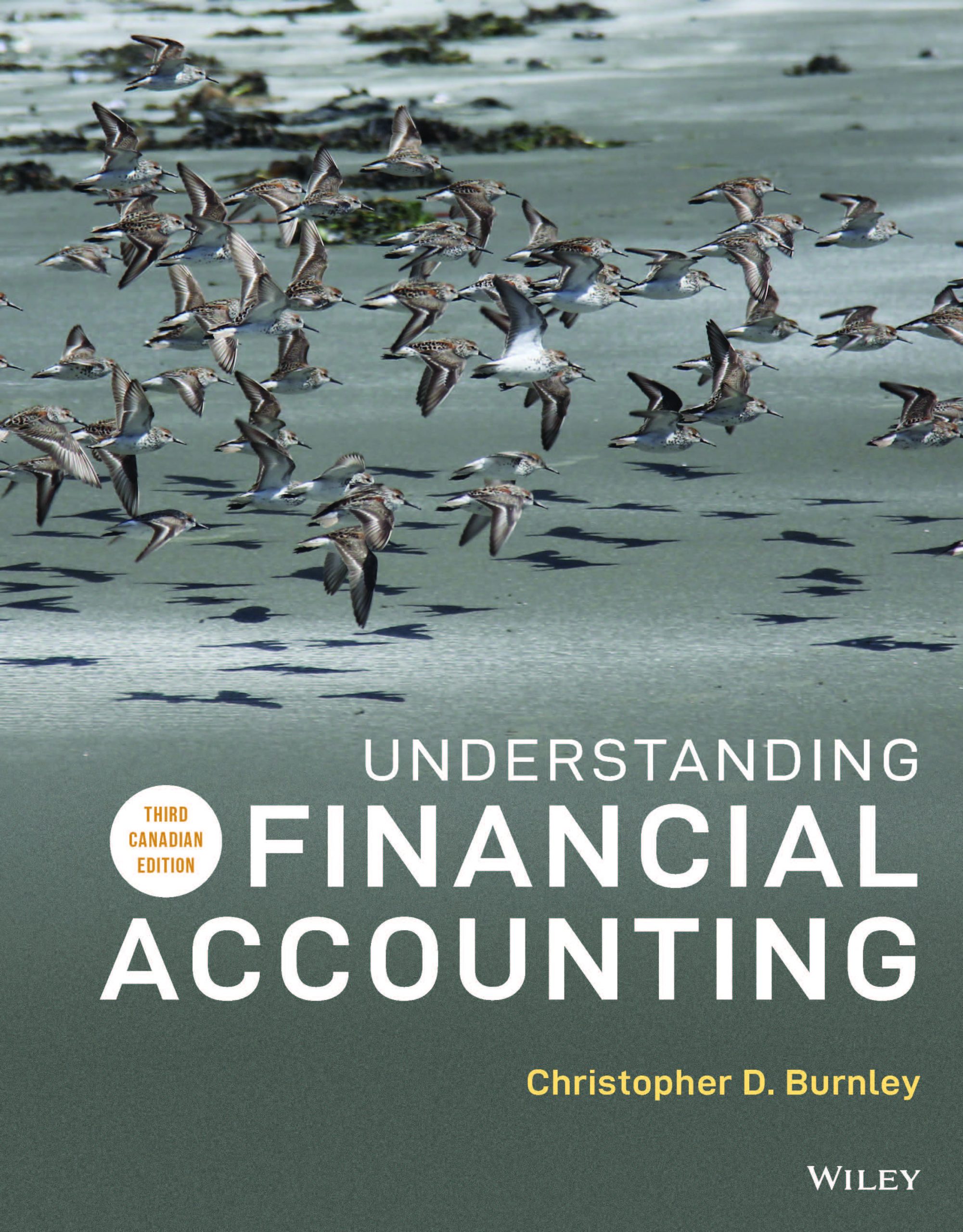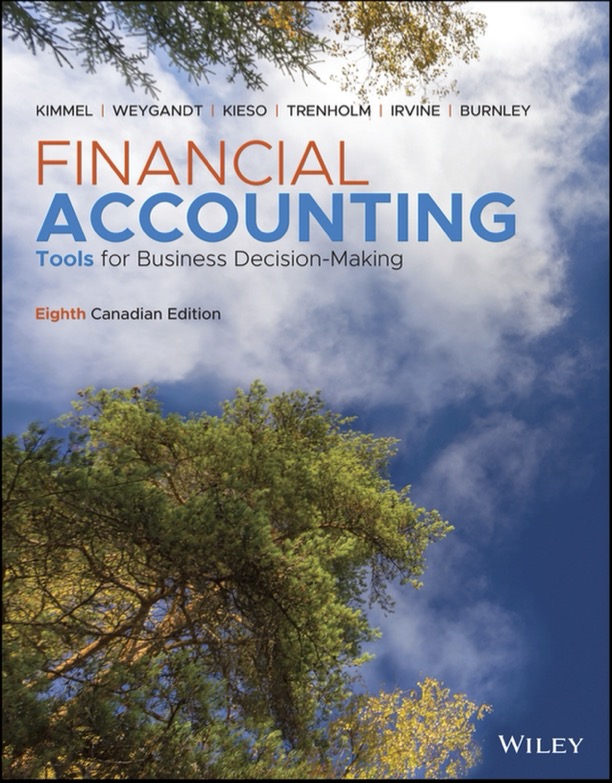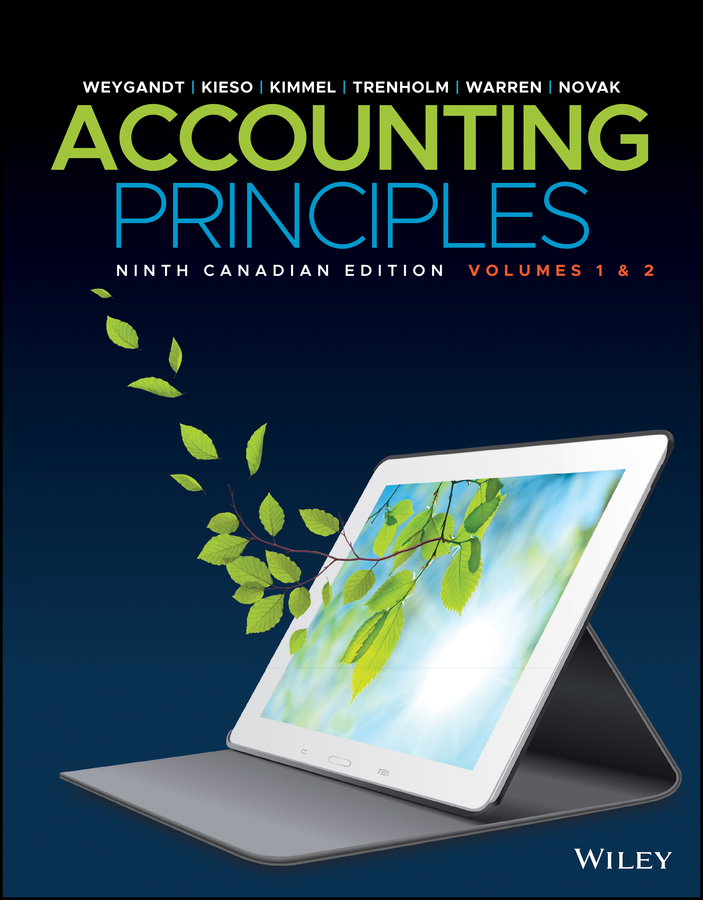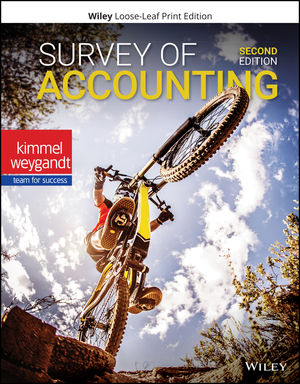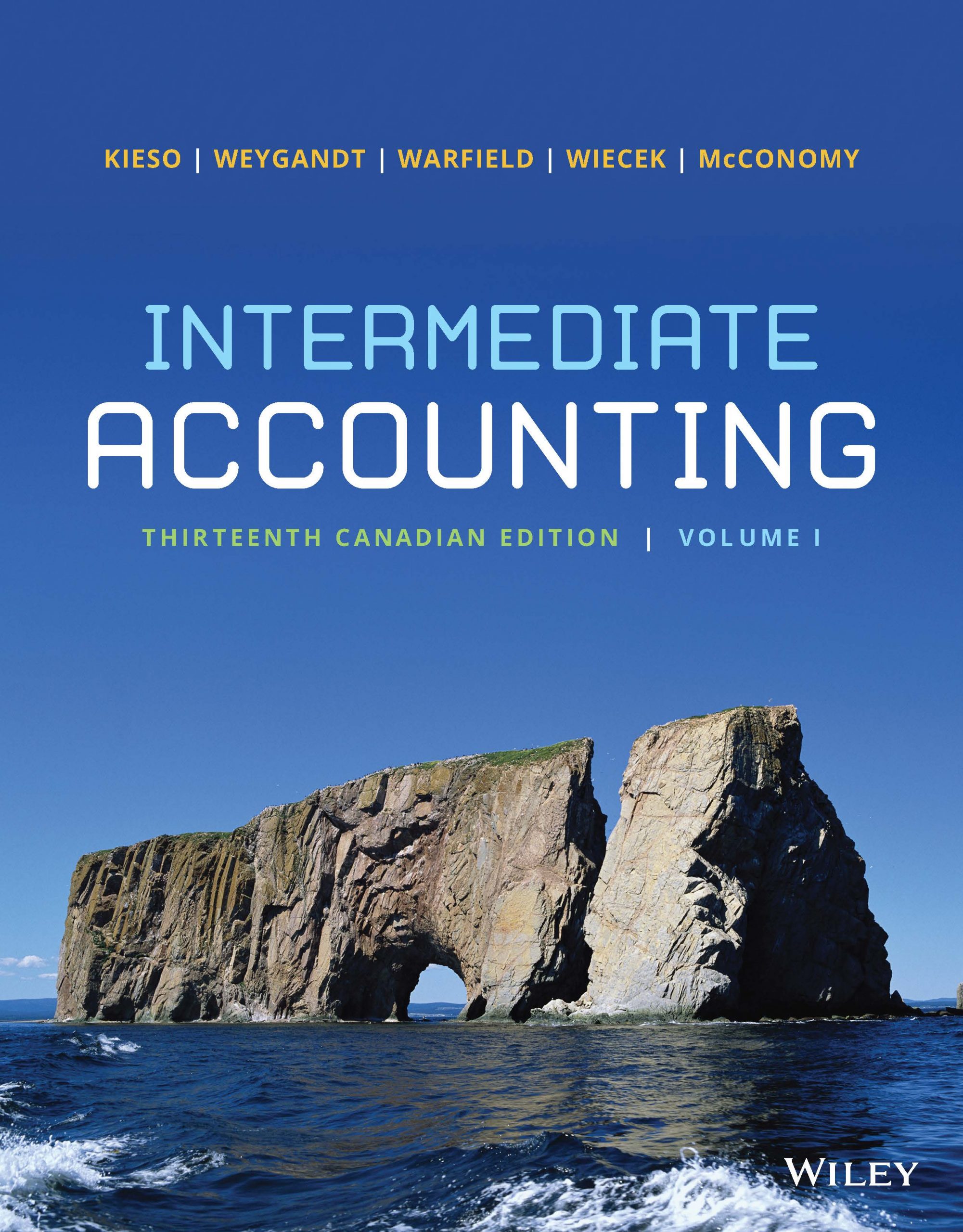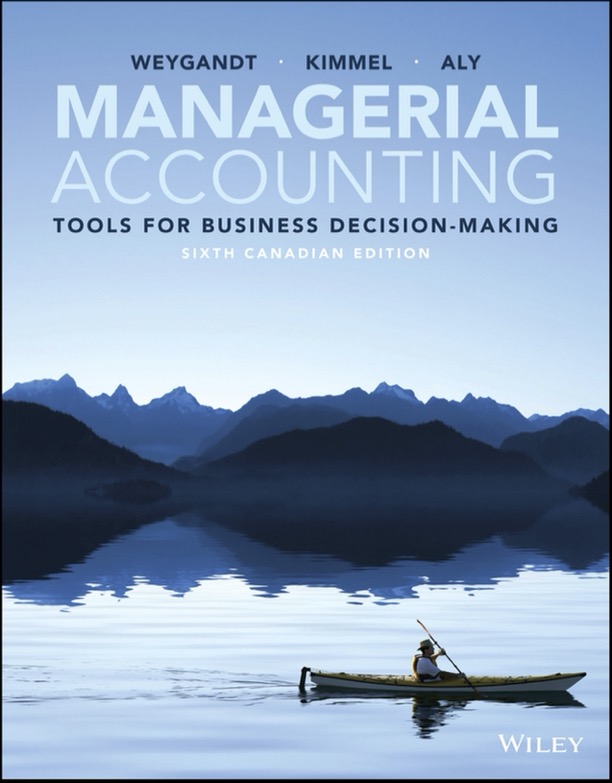In response to growing awareness of obesity, the head of Sony Pictures is encouraging movie theater owners to sell healthier snacks in their theaters. While no one is proposing that movie watchers munch on broccoli or spinach while they enjoy a movie, healthier offerings such as dried apple chips and air-popped popcorn are being suggested. But not everyone agrees. Some people argue that splurging is OK when you’re out for an evening at the theater.
Since movies are in the business of promoting “image” they have a unique opportunity to influence peoples’ choices.
Questions:
1. If movie theater owners begin to offer healthier snacks, what might be the impact on their profit margin?
2. If movie theater owners begin to offer healthier snacks, what types of extra costs could they expect to incur and why? (Hint: For example consider spoilage costs related to fresh fruits.)
3. If movie theater owners begin to offer healthier snacks, what sorts of promotions or tie-ins might movie theater owners be able to offer in order to increase their overall sales revenue?
(Retrievable online at: http://www.cnn.com/video/data/2.0/video/living/2010/04/02/dnt.wynter.movie.gut.check.cnn.html)

